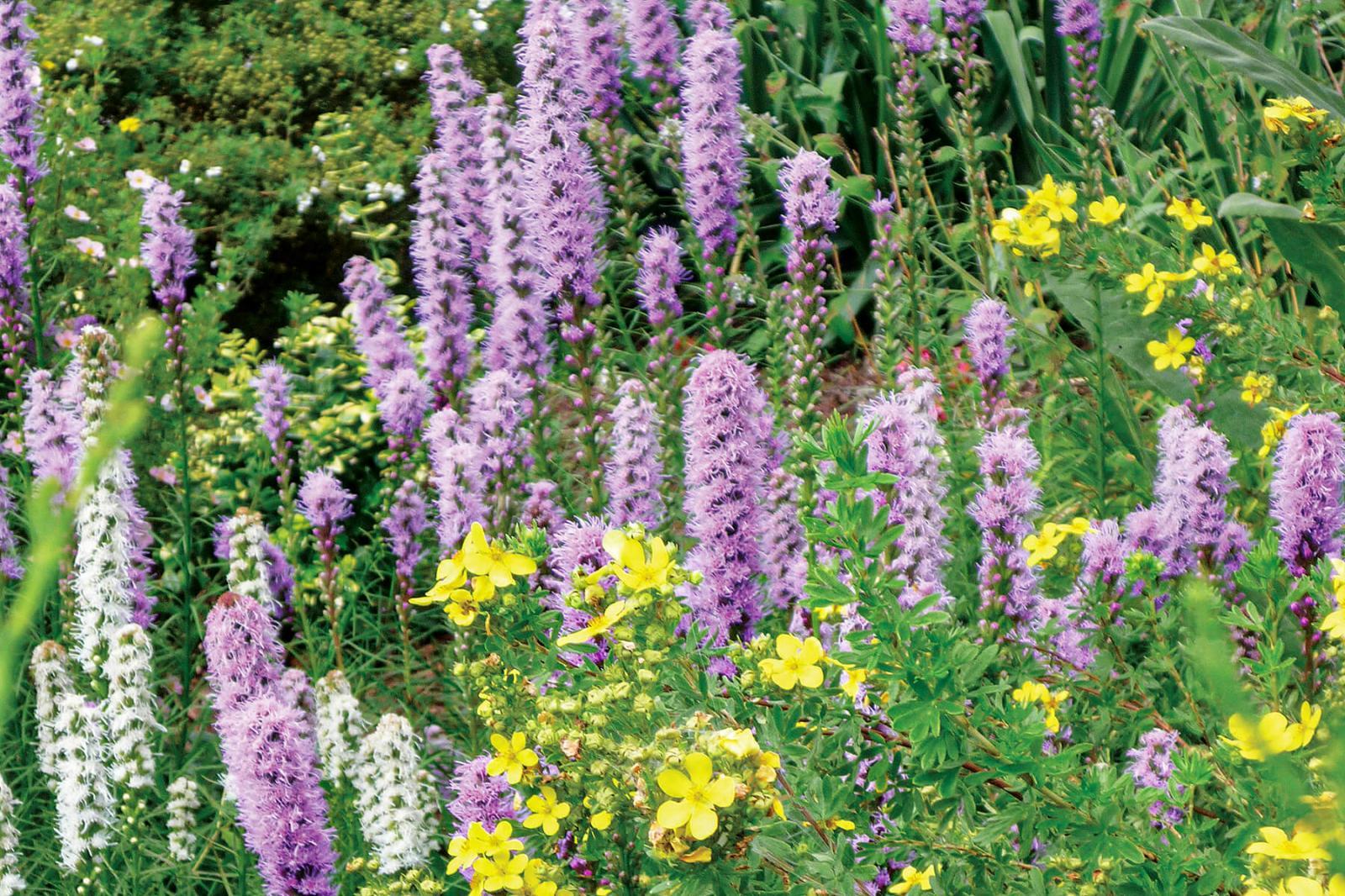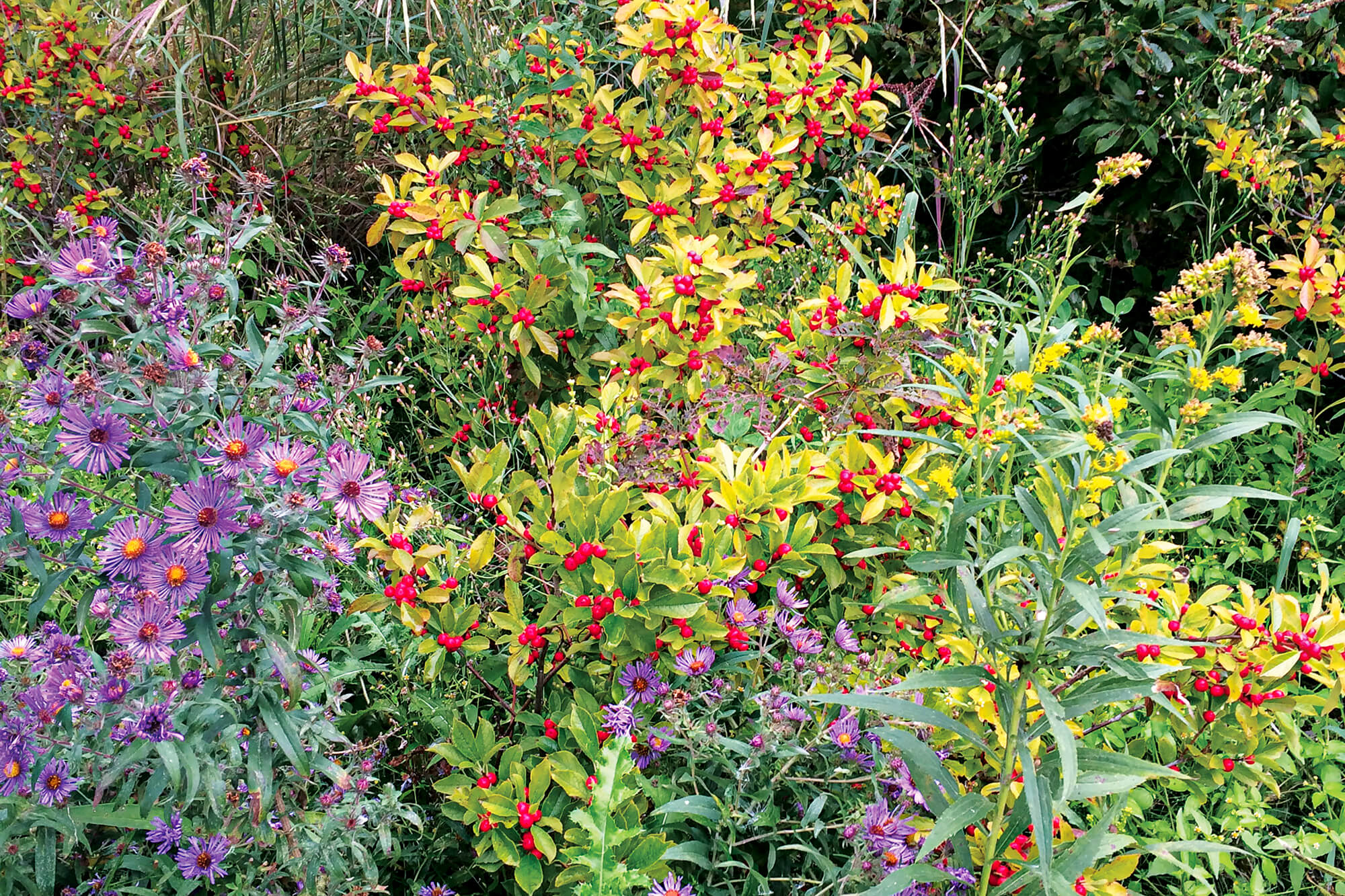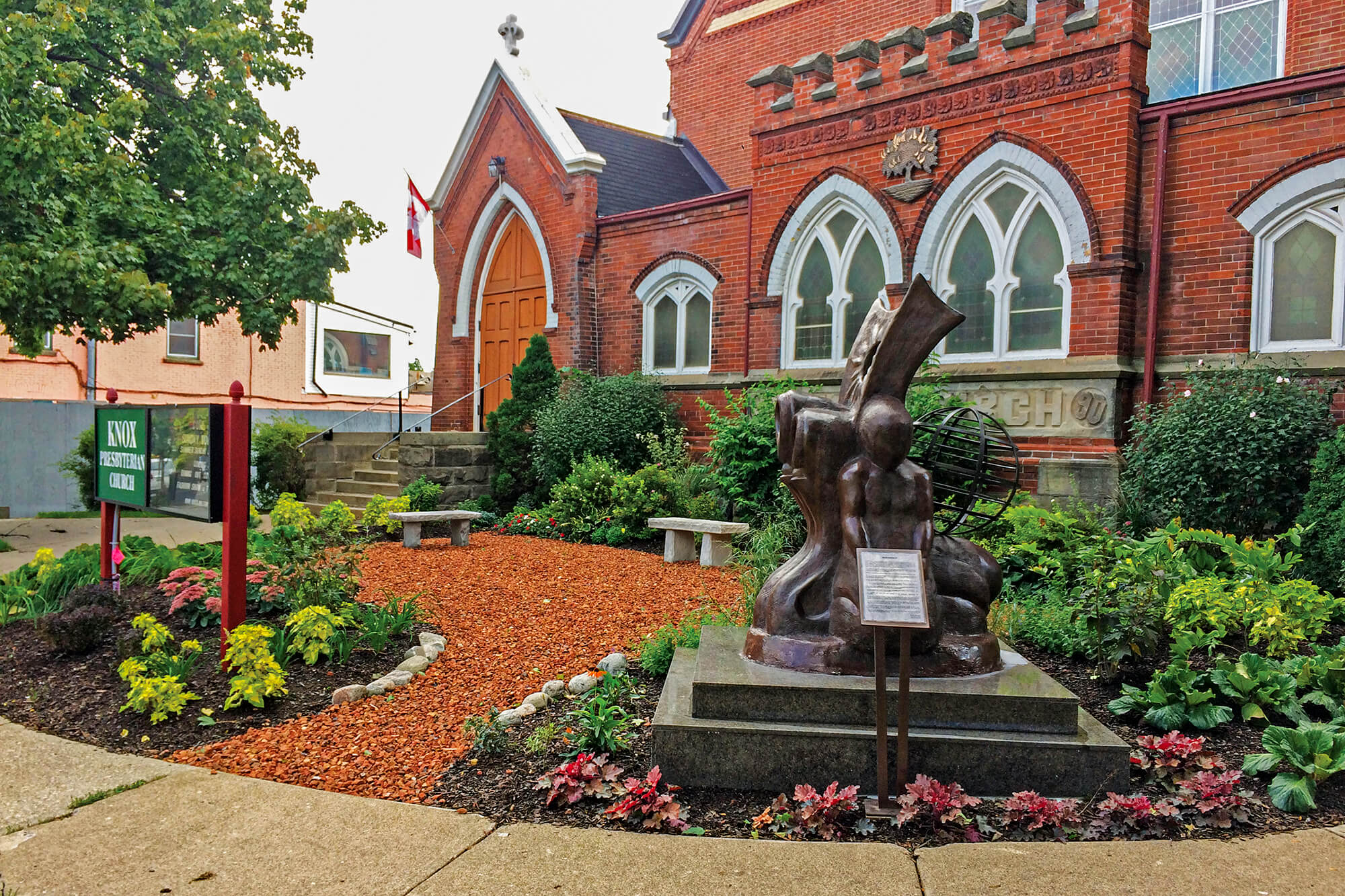May 1, 2018

If folks want to know what’s native, tell them. If they don’t show interest, just use natives and nativars such as Potentilla and gayfeather. What they don’t know won’t hurt them, but it will help nature. Perhaps tell them after they fall in love with their garden.
Eco-momentum
Take conservation strategies beyond construction, to enhance maintenance programs
BY SEAN JAMES
I don’t sell green. I just do it.
If folks ask why I’ve chosen the plants I have, or included the features I have, certainly I have handy answers. Almost everyone is super-excited to find their beautiful landscape will also be doing good. It’s true that if asked at the beginning of the process, many folks will say they’re not interested in being environmentally friendly. Yet, when presented with a rain or pollinator garden, they’re good to go!
Does this apply to maintenance as well? Many customers are used to sketchy horticulture such as globing shrubs and other terrible pruning practices. They are used to asking for every leaf to be removed, even through it costs more and depletes organic matter, instead of mulching and cycling nutrients back into the soil. Part of this is because they see it being done by pros and assume that’s the right way.
 Sustainably maintained gardens don’t have to be a visual sacrifice. Proper plant choice for texture, colour and seasonal interest should make it as beautiful as any other part of the landscape.
Sustainably maintained gardens don’t have to be a visual sacrifice. Proper plant choice for texture, colour and seasonal interest should make it as beautiful as any other part of the landscape.
We have to educate folks and maybe creep, bit by bit, towards proper methods, both for the garden and for the environment. We should leave bits of organic matter to nurture soil and life, and reduce tilling to a few areas at a time. But that’s really the point, isn’t it? Not just maintaining the status quo, but improving. Pick a few perennials to leave standing for the winter. Build on that.
Somewhen, we in horticulture made a huge mistake and relinquished control of our most valuable commodity: knowledge. We allowed the phrase, “The customer is always right” to apply to our trade. We let customers forget the depth and breadth of knowledge that is necessary to do our jobs properly. How do we sell green? We sell it by being educated about the newest science and methods, and by showing customers the advantages of doing it right. We stand our ground and refuse to do things poorly, knowing it will pay off in the long run.
Jobs are long-term projects, from the first plant in the ground, to the month-by-month maintenance, guiding the landscape into maturity.
Some households can be supportive to the point of being more like benefactors or patrons than plain ol’ customers. One of my most notable is the only family to move from a home with one of my landscapes, to a home with one of my landscapes. When we started, I asked if they consciously thought about being environmentally friendly. The reply: “That wasn’t our prime motivator. We were looking for someone who could help us establish a different look — both overall aesthetics and plant selection. It was important to have colours throughout the growing season and to have a structural look that suited our property. At the time we started, we had a highly visible property and wanted it to make a statement in the neighbourhood.” Give customers what they want, but with good plants and techniques, build relationships and look after their needs. Still together after all these years!
On their second property, we added a rain garden, more plants for pollinators and, at their request, cattails along the property line. The cattails really got me excited! This was to deal with an area that was constantly moist. When we upgraded the gardens, few cared or noticed. This year it will be on the local garden club tour! These are folks who want to do the right thing whenever possible, even if it’s a bit more expensive. I asked about the cost aspect and the answer was, “To a large extent we believe you get what you pay for. As such, paying a bit more helped us to achieve designs that were different from others in our area. Green initiatives are good from an environmental perspective. Well-differentiated green initiatives are beneficial from a return-on-investment perspective.”
Even so, aesthetics do win out in many cases. Although this family’s yard is a haven for nature, cleanup is done in the fall. This is partly because they prefer “a more tailored look” through the winter. Beauty is still key! A valuable lesson.
My longest-term customer and friend entered my world as our family’s vet. I first babysat for her at age 13. By the time I started landscaping, we were already a natural fit for each other. Not only is she all about doing things right for nature, she understands the budgetary need for efficiency. Every time I come up with an idea to save money, she’s IN. A great example would be how we’re using my battery powered mower (recharged with renewable Bullfrog Power) to mulch garden waste and fallen leaves, putting them right back on the garden, instead of paying for bagging up leaves and taking them away. Of course, then she’d also need to pay to bring in mulch!
Whether you’re talking about eco or not, take BACK the power of knowledge. We are experts in a complicated trade. Potential customers don’t necessarily understand our value. We have the tools to tackle most of the world’s serious problems. Remember that, and be confident when selling maintenance concepts. Confidence is an amazing sales tool!
 At Knox Church in Milton, Ont., we built a garden and seating area. The seating area is simply crushed brick to complement the building. Giant downspouts, which previously just went underground to the sewers, now lead to an infiltration trench under the patio. Without educational signage, no one would have been any the wiser; an opportunity to do the right thing and educate many about doing the right thing … beautifully.
At Knox Church in Milton, Ont., we built a garden and seating area. The seating area is simply crushed brick to complement the building. Giant downspouts, which previously just went underground to the sewers, now lead to an infiltration trench under the patio. Without educational signage, no one would have been any the wiser; an opportunity to do the right thing and educate many about doing the right thing … beautifully.
Motivations:
What makes people tick?
When proposing green alternatives in maintenance programs, keep the customer’s point of view in mind;
motivations are different for everyone.
Budget: saving money on water or disposal costs.
Aesthetic: preferring a more jumbled English cottage style.
It is not always about the plants, but also the birds and butterflies that flutter through an eco-friendly garden.
A few simply try and do the right thing for the right reason. Granted, it’s a small percentage of the population,
but it’s a loyal percentage, and that’s huge!
For those customers who have no motivations to be ‘green,’ start small with a few natives and a few plants
to support biodiversity. Concentrate also on doing no harm. Avoid invasives, and plants which offer no biodiversity support.
Sean James is owner of Fern Ridge Landscaping, an Ontario-based design/build/maintenance company, as well as an eco-consultant and a popular speaker.